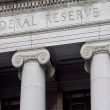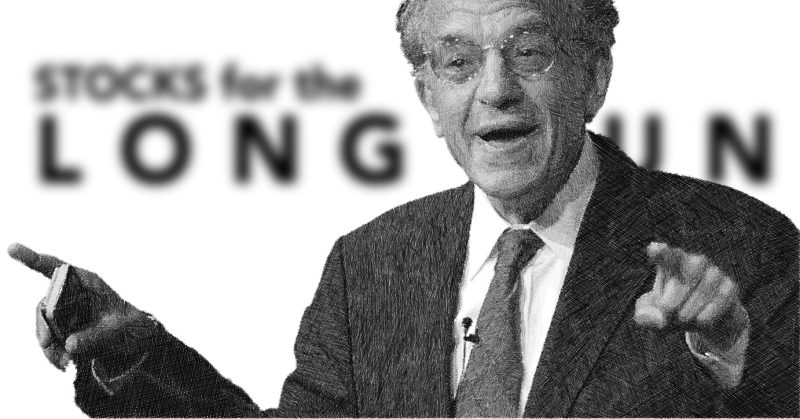by Professor Jeremy J. Siegel Senior Economist to WisdomTree and Emeritus Professor of Finance at The Wharton School of the University of Pennsylvania
I was pleasantly surprised by the Federal Reserve (Fed) decision to begin the easing cycle with a 50-basis point (bp) cut as the real economic data came in relatively stronger than expected.
I have been advocating that bringing rates to a more neutral stance is best and most appropriate. Given the labor market and unemployment levels are close to where the Fed believes they should be at a long-term neutral policy stance and the decline in inflation is arguably 80% to 100% towards their target, it makes no sense to maintain such a restrictive policy. We could also argue that using more real-time data levels on shelter, which have passed their target on inflation, but we don’t need to make that case.
The word of the week was recalibration. As new data comes in, the Fed will likely keep recalibrating rates lower towards a neutral stance, even if there is a month when inflation data is a little hotter.
I still argue that the Fed should act faster in getting rates down to neutral and let us call neutral level 3.5% versus the 2.9% the Fed claims in their September Dot Plot. But this first cut, and expected future cuts, will get to neutral relatively quickly. Being more aggressive does not fit in with the current modus operandi of the Powell led Fed.
Illustrating how this move was a recalibration rather than a reaction to the data, in the June meeting, the Fed expected one cut by December. Now the Fed anticipates four total cuts: the 50 bps it just announced and one at each of the next two meetings. What data motivated this move down?
The July jobs report was quite weak, and Powell admitted that it would have motivated a 25 bp cut at the last meeting had that data been reported earlier. But going from one cut to four cuts means that the Fed is recalibrating the appropriate policy levels today.
What should we expect going forward? Interpreting the July 2025 Fed Funds—and the risk premium these contracts have for hedging purposes that expresses itself with more cuts factored into futures prices—the market consensus anticipates a 25 bp at each of the next six meetings. That would bring us down to 3.5% policy by next July.
While I would like the Fed to move quicker, the damage caused by being overly restrictive over the next nine months could very well be contained and managed.
What to do about stocks and bonds? I don’t expect bond yields to fall from here. The 10-year bond yield rose on that bigger than expected rate cut because there was less risk of a recession from the Fed remaining too tight. I see the 10-year bond yield settling in this cycle between 4-5%—which corresponds to a neutral Fed Funds Rate of 3.5% and a positive term premium for taking on duration risk. The inverted yield curve we’ve had for the last two years is not normal and I do not see it lasting.
For stocks, yes valuations across many sectors appear stretched by historical standards, particularly in the technology sector and AI-driven companies. This reflects a broader market anticipation of substantial growth driven by technological advancements.
As AI continues to evolve, it will be crucial to differentiate between companies that are genuinely creating value through innovative AI applications and those whose valuations are inflated by speculative interests. But I also expect AI utility to benefit broader companies in the economy and not just a narrow few.
The big rate cut should be very supportive for small cap companies that borrow at short-term borrowing rates, as they have been the ones most negatively impacted by Fed policy. They also have some of the lowest valuations in the U.S. market, which sets up for a good backdrop for relative performance.
Copyright © WisdomTree
















